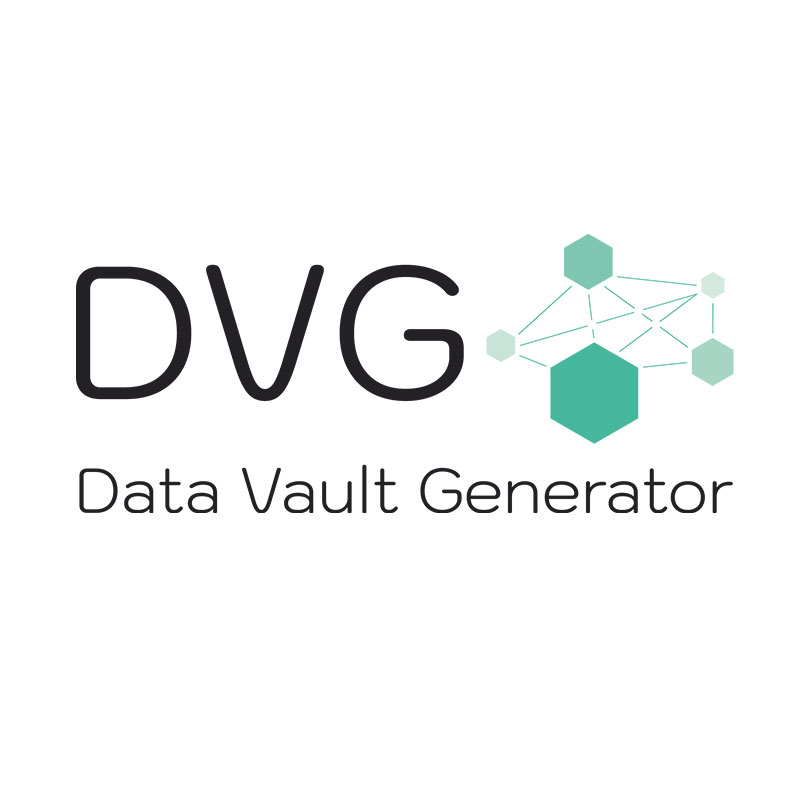DVG (DataVault-Generator) fokussiert auf die Automatisierung der gesamten Projektabläufe in einem DataVault-Projekt. Dies bezieht Dokumentation, Analyse, Code-Erstellung, Data-Lineage, den Datenkatalog, fachliche Geschäftsregeln, Deployment, Installation, Migrationen, Data-Quality-Checks, Tests, produktive Beladungen, DSGVO-Konformität, zielgruppenspezifische Datamarts, bitemporale Historie, Korrektur-/Simulationsläufe u.a. mit ein.
Daher kann im Projekt komplett auf Entwickler verzichtet werden und das DWH durch Datenmodellierer mit fachlichen Schwerpunkt erstellt werden.
Eine hohe Effizienz erreicht der DVG dadurch, dass nur wenige Metadaten erfasst werden und die Erfassung durch Code-Completion, Templates, Referenzprüfungen u.a. optimal unterstützt wird. Fehlkonfigurationen werden vermieden, indem während der Eingabe sofort eine Validierung und Referenzprüfung stattfindet. Der Anwender erhält Fehler- und Warnmeldungen unmittelbar.
DVG wendet bewährte DevOps Mechanismen konsequent an und versioniert die Metadaten in Git. Dadurch können sämtliche Abläufe im Projekt mit CI/CD Pipelines zu 100% automatisiert werden.
Mit der bereitgestellten Multienvironment-Unterstützung können unterschiedliche Anforderungen parallel umgesetzt werden.
DVG ist ideal für ein agiles Projektvorgehen mit häufigen Produktivnahmen geeignet. Lange Umsetzungszeiten gehören endgültig der Vergangenheit an.
